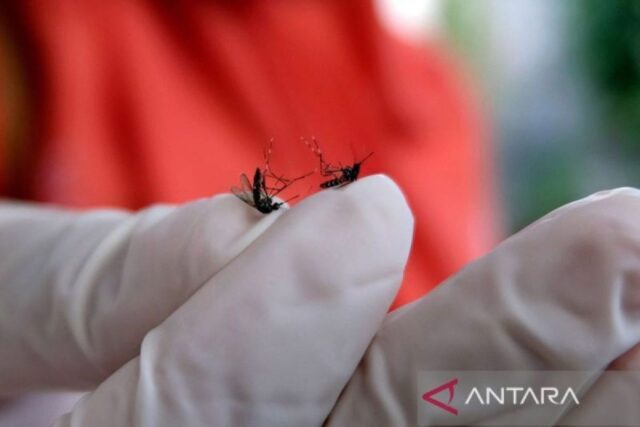Dengue fever, or DBD, is a serious viral illness that is transmitted through the bite of infected mosquitoes. In Indonesia, the two main mosquito species responsible for transmitting DBD are Aedes aegypti and Aedes albopictus. These two species may look similar, but there are some key differences that set them apart.
Aedes aegypti, also known as the yellow fever mosquito, is a small, black mosquito with white markings on its legs and a lyre-shaped pattern on its thorax. This species is known to be a highly effective vector for transmitting dengue fever, as it prefers to feed on humans and is commonly found in urban areas where it breeds in clean, stagnant water sources such as flower pots, tires, and water storage containers.
On the other hand, Aedes albopictus, also known as the Asian tiger mosquito, is slightly larger than Aedes aegypti and has black and white striped legs and a single white stripe down the center of its thorax. While Aedes albopictus is also capable of transmitting dengue fever, it is less efficient at spreading the virus compared to Aedes aegypti. This species is more commonly found in rural areas and is known to breed in a wider range of water sources, including natural containers like tree holes and bamboo stumps.
Despite their differences, both Aedes aegypti and Aedes albopictus are capable of transmitting the dengue virus, which can cause a range of symptoms from mild fever and body aches to severe complications such as hemorrhagic fever and shock syndrome. To prevent the spread of DBD, it is important to eliminate mosquito breeding sites, use insect repellent, and wear long sleeves and pants to avoid mosquito bites.
In conclusion, while Aedes aegypti and Aedes albopictus may have some differences in their appearance and breeding habits, both species play a significant role in the transmission of dengue fever in Indonesia. By understanding these differences and taking preventive measures to control mosquito populations, we can help reduce the incidence of DBD and protect ourselves and our communities from this potentially deadly disease.
